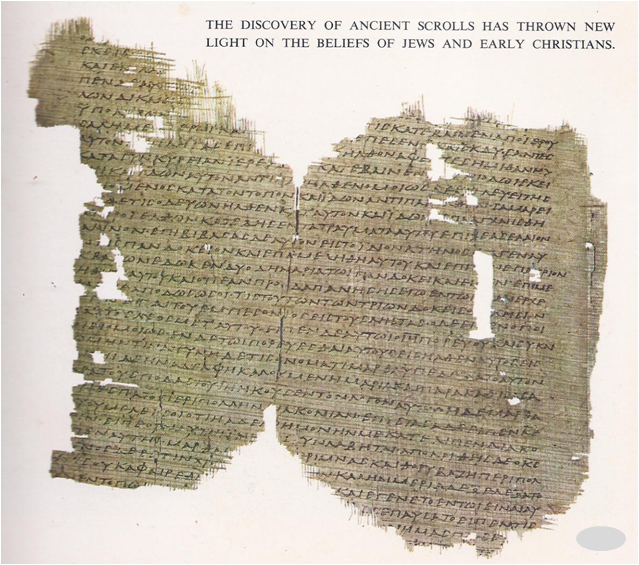ALL HIS LIFE Cardinal Richelieu had been a sick man, but by the spring of 1642 he was dying. He carefully made his will, leaving to the king his elegant town house, eight sets of tapestries‚ and three beds. On December 2, he received the last sacraments of his church. “Does your Eminence pardon your enemies?” asked the priest and Richelieu answered, “I have no enemies but those of the State.” When Louis XIII learned that Richelieu had died, he said, “A great statesman is dead.” To take Richelieu’s place, Louis chose Jules Cardinal Mazarin, Richelieu’s own choice for his successor. A Sicilian and a clever diplomat, Mazarin had entered Richelieu’s service in 1639 and had adopted French citizenship. He was black-eyed, handsome and seemed as pleasant and reasonable as Richelieu was stern. He took up Richelieu’s work with energy. A year later, Louis XIII died of tuberculosis. He left his four-year-old son, Louis XIV, to rule France in name: the Queen Mother, Anne of Austria became regent and Mazarin continued to direct policy. The magistrates of the parlement, or high court, of Paris now looked forward to having their advice taken by the agreeable cardinal‚ who seemed so easy-going. The parlement quickly learned that Mazarin was as hard as Richelieu. They and the great lords began to hate him, to call him a thief, a buffoon, a peddler, an Italian imposter. To add to their annoyance, the long war against the Hapsburgs had been costly and they resented the high war taxes. In 1648 the parlement of Paris rebelled and demanded reforms and more power. Mazarin ordered the parlement’s leaders arrested and sent a guard to seize old Pierre Broussel, the most honest and popular of the magistrates. Broussel was eating lunch with his five children when the guard …
Read More »Defender of the Faith 1521 – 1603
OF ALL THE RULERS OF EUROPE, none was more eager to please the pope, more anxious to prove himself a loyal son of the Church, than Henry VIII, the handsome young monarch of England. Henry was one of the first to offer his soldiers when the pope formed a Holy League to fight the Turks (and to frighten off the French kings, who had developed the unfortunate habit of invading Italy every few years). Henry never actually sent the troops. To show that he meant well, he wrote a strongly worded book about the duties that men owed the pope and the treachery of Lutherans who dated to question the leader of the Church. “What serpent so villainous,” he wrote, “as he who calls the pope’s authority tyrannous?” It was a most impressive and learned book and no wonder. Much of it was the work of Henry’s scholarly friend Thomas More. When it was published in 1521, the pope rewarded the king by giving him the title “Defender of the Faith.” Henry was delighted with his new title, though not surprised. After all, he was used to being the best at everything he did. He wrote music which the palace musicians insisted was exactly the thing to play at court. He amazed his poets with the excellence of his verses, danced more skillfully than the most light-footed of his courtiers, killed more deer and wild beats than the best of his huntsmen and thought deeper thoughts than the philosophers in his universities — or so his courtiers said. It did not occur to him that people praised him merely because he was the king. Indeed, his one problem was to make use of his many talents when it took so much time to rule his kingdom. He did the best …
Read More »The Life of Jesus Christ (B. C. 6 to 29 A. D.)
ALL THAT is known about Jesus of Nazareth appears in the first four books of the New Testament. These books, written many years after his death, are called the gospels of Matthew, Mark, Luke and John. There are differences of detail in each and the events of his life are not always reported in only one or two of the books, others in all of them. The gospels of Matthew and Luke, for example, begin with the birth of Jesus to a virgin named Mary. The gospels of Mark and John begin with events that took place some thirty years later. In general, the life story of Jesus is the same in all four gospels. Jesus was born in Bethlehem of Judea in the days of King Herod, probably about 6 B.C. Almost nothing is said of his childhood, except that he lived in a village called Nazareth in the province of Galilee with his mother Mary and her husband Joseph. Joseph was a carpenter. As a boy, Jesus probably served as his helper and became skilled in making such things as yokes for oxen, bins, chests, beds and kneading troughs. In his home, Jesus spoke the common language of the Jews, which was Aramaic. The synagogue served both as his school and as his place of worship. There he studied the Scriptures and probably learned his prayers in the ancient Hebrew tongue. We are told that during his youth he “increased in wisdom and in stature, and in favour with God and man.” Jesus was thirty years old when John the Baptist began preaching in the valley of the Jordan near the Dead Sea. John was believed to be a prophet. From Galilee and from all the other provinces of Palestine, people came in large numbers to hear him. …
Read More »


